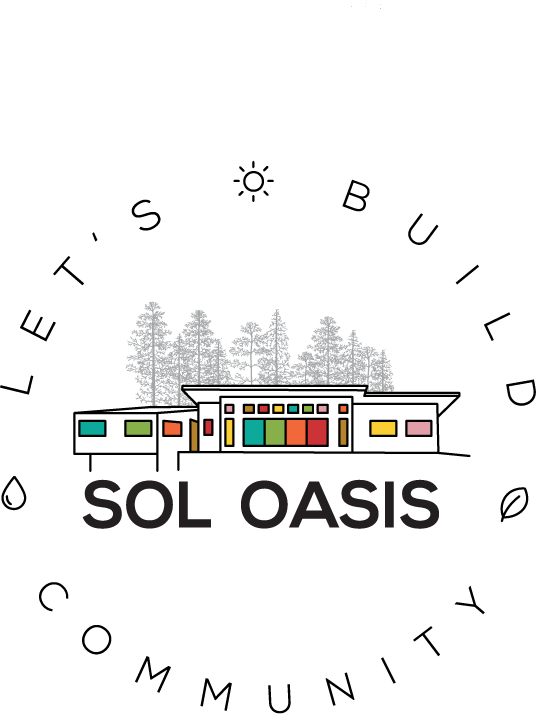LOCATION
The ideal location will depend on what you want to build - home, farm, off-grid living, business, etc. Conventionally speaking, you want to invest in land that will have resale value. Location isn’t entirely subjective - in fact, it’s based on a fairly static set of criteria such as desirable neighborhood, safe streets, and good schools. You’ll want to make sure there is an existing road to the land, in a more rural area it’s common that access to a piece of land is over someone else’s property. In this case, make sure there is a right-of-way easement granted in the deed.
We aspire to build a space to share knowledge and skills through intentional gatherings and workshops. We looked for land that is easily accessible from the highway and from Santa Cruz downtown. Luckily, we found land close to a highway with views of Monterey Bay; there are occasional sounds of highway traffic, but there is also an ocean view! A bonus that really sealed the deal is the 15-minute walk home from a local live music venue.
UTILITIES
It’s a major bonus if a plot of land already has access to running water, electricity, sewer, and gas; though I encourage us to move away from gas and go solar electric in California - more on that in another post! Do research and check with the local utility companies if they can provide service to the land. If the location of the land is a long distance from existing utility lines, you may have to pay a fee per foot to extend utilities.
Our land does not have access to a sewer system, so we invested in a septic system. The micro-drip infrastructure of the septic leach field allows us to grow a variety of fruit trees; more on this in another post on native plants & fruit trees! We will reduce our reliance on fossil fuels by phasing out gas and moving towards all-solar electric when we can afford photovoltaic solar panels and a heat pump system.
BUILDABILITY
The flatter the land the better! If there is more than a 30% slope on the area you wish to build, there are significant barriers to building and more money needed for earthwork, complex foundation work, and retaining walls. It is also important to research the soil condition of the land - you can check with the local county or city office for an existing geology and soils report. Soils data will determine if the soil is free of possible environmental hazards, and show the characteristic of the soil for percolation (flooding and septic feasibility), structural integrity (sufficient support for foundation), and composition (growing plants and crops).
Since our land is quite sloped, cutting into the earth and building retaining walls was inevitable. Earthwork and retaining walls are expensive! We worked with the County to grade the slopes in a way where we could reduce the number of retaining walls. To further save money, instead of exporting all the dirt to the dump (each truckload to the dump costs money), we utilized some excess dirt for garden beds and terraces.
ZONING
Is the land in an area zoned for residential, commercial, high-density, or industrial development? Property zoning is determined by the city or county and a land’s use is restricted to the zone’s intended purpose. Depending on the zone, there are square footage requirements, types of structures that are not allowed, boundary setback requirements, maintenance to protect animal habitats, and more.
We desire to host gatherings and facilitate workshops and classes, so it is important that our zoning allows us to operate a business out of our home. There are accessibility requirements to legally operate a home business in the County of Santa Cruz such as restroom access for folks with disabilities. Therefore, we provisioned for a lift and an ADA bathroom for wheelchair access. Lastly, the County requires a parking spot for every attendee so we maximized parking spaces around the property.

